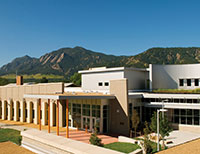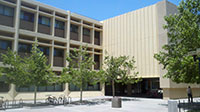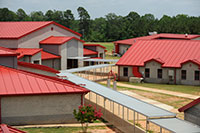view all Case Studies
Strategic Facilities Capital Planning at University of Texas at Austin

The University of Texas at Austin, one of the largest public universities in the United States with more than 51,000 students, needed an efficient, objective, and repeatable method of prioritizing facilities projects, as well as creating its annual budget and 10-year plan.
March 26, 2012 -
Facilities Management
The University of Texas at Austin, one of the largest public universities in the United States with more than 51,000 students, needed an efficient, objective, and repeatable method of prioritizing facilities projects, as well as creating its annual budget and 10-year plan.
After completing an initial facility condition assessment of the entire campus in 2002, the university completed a second assessment in 2005 and a third in 2010. Recently, the facilities team wanted to find the best method to maintain the integrity of the data, while implementing a schedule of detailed condition assessments that are performed each year for 20 percent of the approximately 19 million square feet of facilities.
The university has a large maintenance and facilities staff, making self-assessments a feasible solution to complement the five-year professional assessment cycle. Using a web-based guided self-assessment tool from VFA, Inc., the staff is able to gather current facility data for critical buildings.
One of the benefits of gathering accurate facility data is that the true facility condition provides a metric to analyze the effect of investing in facility improvements. Industry-wide, this benchmark is known as the facility condition index (FCI).
When gathered in a software database, as UT-Austin did, FCI provides a complete view of the necessary and recommended maintenance items and their cost for the selected portfolio, as well as the expected replacements for the major building systems. It can then serve as the basis of strategic facilities plans.
By using the facilities capital planning and asset management software solution to evaluate the condition of its buildings, UT Austin’s facility capital planning program has helped to demonstrate a need for more funding to support renovation and renewal projects, resulting in annual budget increases. The university implemented a funding strategy that inverted a spending trend of 80 percent funding for repair work compared with only 20 percent system replacement and renewal, to what is now 15 percent funding for repair and 85 percent for system renewal.
Next
Read next on FacilitiesNet












